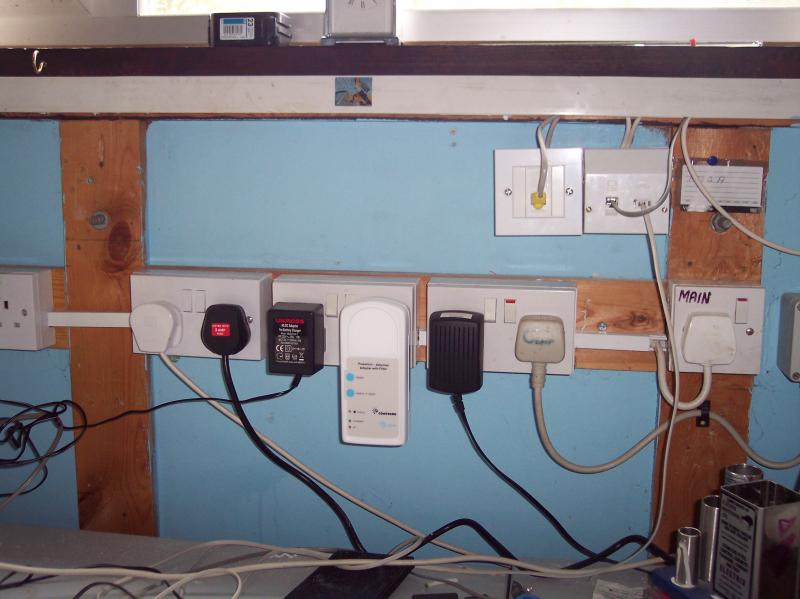Hi All,
I'm planning on converting a (small) room into a study. I'd like to provide plenty of sockets on the ring - at least 5 doubles along the wall under where the desk will be. Is there anything in particular to take into account? Specifically, I'm wondering about surge protection (e.g. from lightning strikes to the grid/telephone wires?) to protect the family photos etc and also vaguely about DC outlets - is this a sensible thing to cater for? I have loads of "bricks" around the place but am unsure how to go about getting rid of them.
Thanks a lot for any thoughts/advice
Adam
I'm planning on converting a (small) room into a study. I'd like to provide plenty of sockets on the ring - at least 5 doubles along the wall under where the desk will be. Is there anything in particular to take into account? Specifically, I'm wondering about surge protection (e.g. from lightning strikes to the grid/telephone wires?) to protect the family photos etc and also vaguely about DC outlets - is this a sensible thing to cater for? I have loads of "bricks" around the place but am unsure how to go about getting rid of them.
Thanks a lot for any thoughts/advice
Adam




